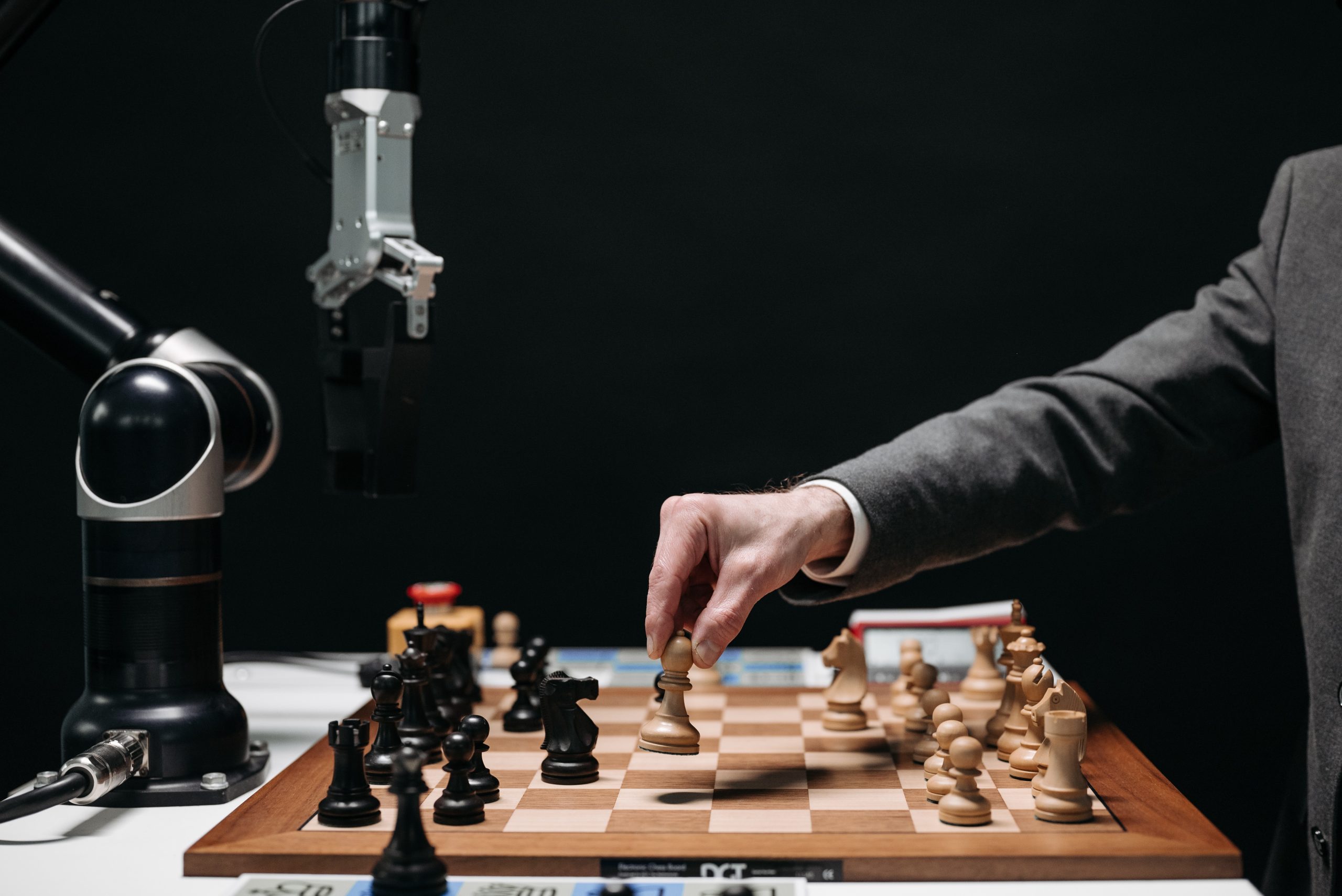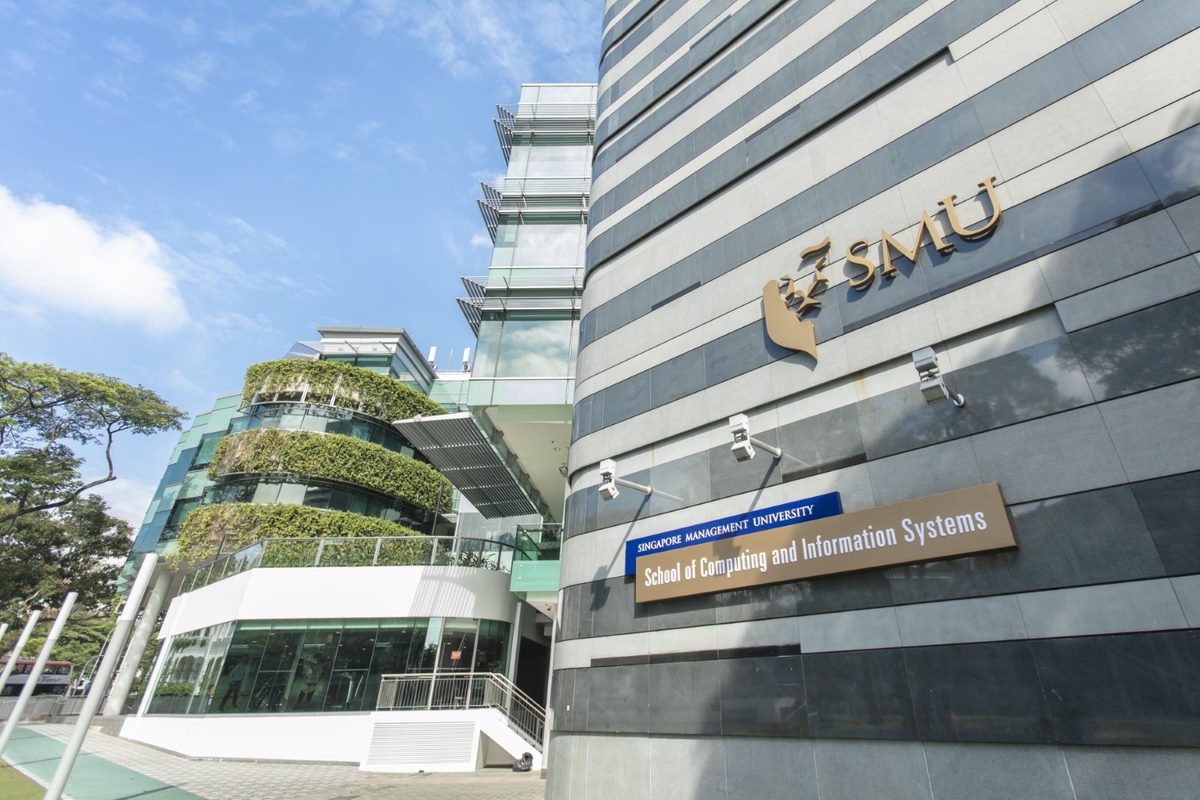When ChatGPT burst onto the scene in late 2022, its creators could scarcely have predicted the extent to which their conversational agent would help reconfigure not just industries, but education itself.
In a little over two years, the platform has been adopted by more than 400 million users, inspired the launch of thousands of enterprise tools and triggered mass rethinking around knowledge work — from software engineering to legal research to copywriting. But perhaps most quietly transformative has been the effect on professional learning: a global surge in demand for AI literacy, and the rapid expansion of short-form, stackable educational offerings promising exactly that.
The result is a market undergoing swift reinvention. Alongside the conventional degree, learners are flocking to what could be called “credential capital”: a new class of bite-sized, résumé-enhancing certificates that sit at the intersection of executive education and continuing professional development.
“The market’s growth reflects a broader unease about redundancy in a world increasingly structured around algorithmic competence — the ability to work with AI tools to complete tasks.”
A new kind of learner
According to data from online learning platform Coursera, enrolments in generative AI courses rose by an extraordinary 1,060 percent last year. The uptick was especially pronounced in Latin America and the Caribbean, where participation climbed 882 percent over the same period — underscoring a broad and intensifying demand for AI education worldwide.
At rival platform edX, which partners with institutions such as MIT and the University of Oxford, executive education programmes in AI-related courses recorded a staggering 424 percent increase in 2023, attracting more than 14,000 participants in 12 months. The figures point to intensifying demand for AI fluency, particularly among mid-career professionals.
But the most striking change is not volume — it is profile. These are not traditional students. A growing number of these students are working professionals, aged 30 to 55, already employed in mid- to senior-level roles. They include product managers seeking to integrate machine learning into roadmaps, HR leaders hoping to automate performance reviews, and general managers asked to optimise costs using AI — but often without any prior training.
“It is not just the young who need educational opportunities — technological change makes lifelong learning vital,” Jonathan Michie, President of Kellogg College at the University of Oxford told the Financial Times. “Since 2010 there has been a decline in adult education, part-time degrees and work-based training [in the UK].”
The market’s growth reflects a broader unease about redundancy in a world increasingly structured around algorithmic competence — the ability to work with AI tools to complete tasks.
According to research by learning platform Kahoot, 46 percent of employees fear their skills will be obsolete within five years — with nearly a third expecting it even sooner. Based on a survey of 1,041 office workers across tech, healthcare and finance, the findings reflect rising anxiety in a labour market being reshaped by automation.
And, a survey by online learning company Simplilearn shows 65 percent of respondents were last year enrolled in online certification courses — a figure that underscores the accelerating pivot toward digital-first, career-focused learning.
The stackable revolution
To meet this demand, elite institutions have begun offering modular, “stackable” qualifications designed for flexibility. At the forefront is Switzerland’s IMD Business School, whose newly launched Executive Master’s in AI and Digital Business Transformation programme is emblematic of the trend.
The programme lets participants tailor their learning — choosing from IMD’s executive education courses and completing the degree in 18 months to five years.
“We know that professionals want control over their learning, they want to deliver results quickly for their organisation and they want a powerful credential,” says Misiek Piskorski, IMD’s Dean of Executive Education.
Participants conclude the programme with a faculty-supervised capstone project, aimed at solving a real challenge within their organisation — an arrangement designed to maximise immediate return on investment for employers and participants alike.
From prestige to portability
What makes these programmes distinctive — and commercially potent — is their modular structure. Rather than offering a single, monolithic degree, they are composed of stackable components: certificates, short courses and credentials that can be accumulated over time. Each module serves as a standalone proof point of expertise, offering flexibility for busy professionals and clarity for employers.
The appeal stands in sharp contrast to more traditional pathways, which have come under increasing scrutiny. In a pointed critique in FT, Euan Blair, founder of UK-based training platform Multiverse, : “The challenge of higher education and even traditional corporate learning is there is a complete lack of direction or consequences. The measure of success of colleges is not successful careers for their students.”
Still, many in higher education argue that universities provide more than just career training — the educational journey offers critical thinking, intellectual breadth and social capital that short-form learning alone may not deliver.
Nonetheless, there’s a broader trend toward the “LinkedInification” of learning. Digital certificates — complete with institutional branding and embedded metadata that verify a credential — are now prominently displayed on social media profiles, CVs and job applications. For recruiters and employers, they offer a real-time snapshot of an individual’s evolving skillset. For learners, they offer a way to move forward in their careers without stepping away from work.
This flexibility is helping to reshape how professional success is credentialed. In a 2023 survey by Coursera, 63 percent of employers said an industry micro-credential would favourably influence their decision when evaluating candidates with otherwise similar academic backgrounds.







